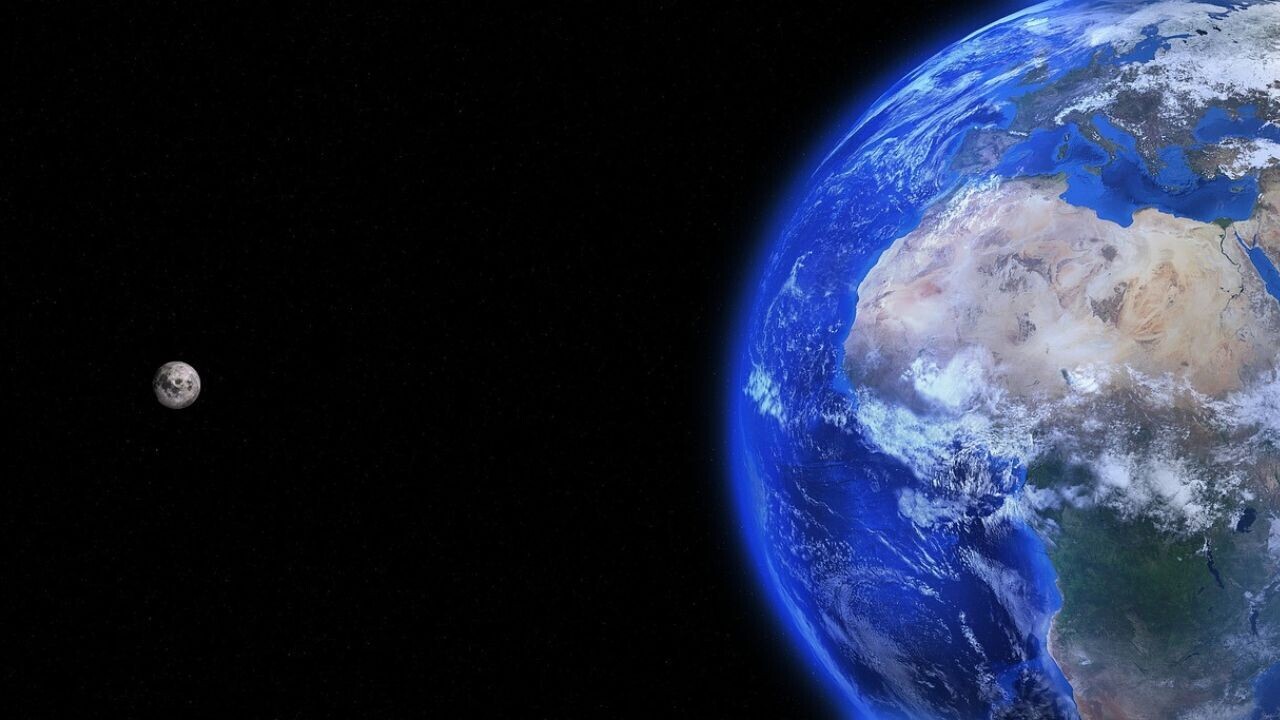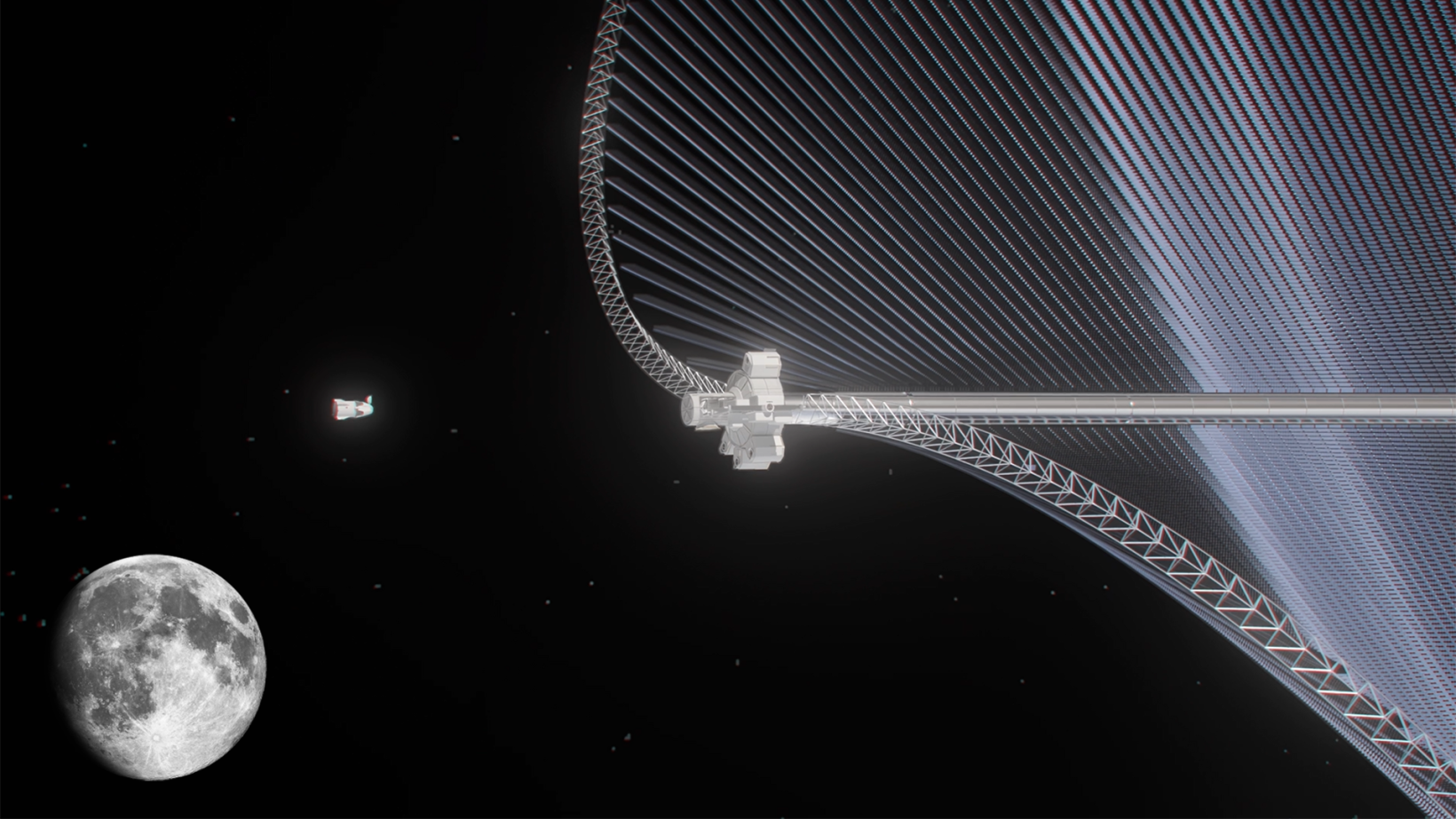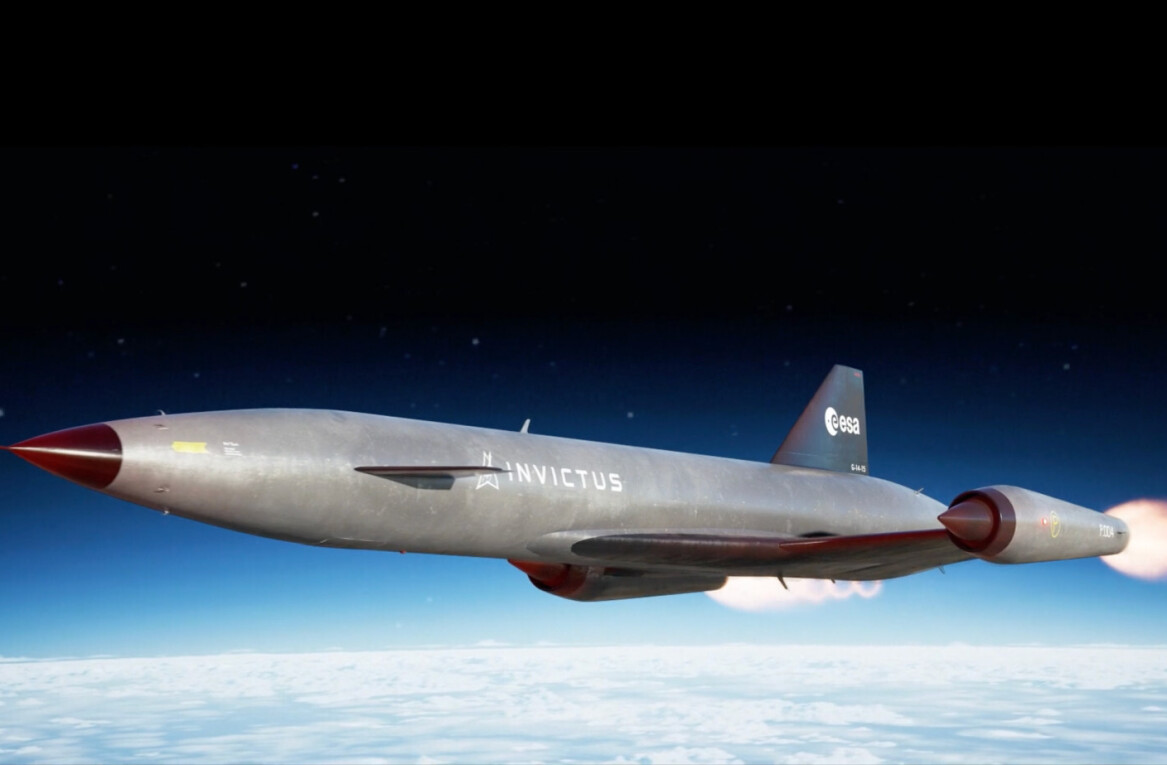
The European Space Agency (ESA) has been exploring an innovative solution to help us meet our climate targets: transmitting solar power from space to Earth — also known as space-based solar power (SBSP).
Harnessing the sun’s power from above our planet comes with two main advantages: access to higher energy intensity and the lack of weather-dependence, a major problem of terrestrial solutions.
To test the feasibility of SBSP, the ESA has partnered up with the European tech industry to work on the Solaris project. One of these partners is Switzerland-based Astrostrom, seeking to deliver space-based solar power to the Moon, before scaling up to Earth.
Powering up the Moon
The startup is exploring the design of a butterfly-inspired solar power satellite, located at an Earth-Moon Lagrange point around 61,350 km from the lunar surface. The so-called Greater Earth Lunar Power Station (GE⊕-LPS) features V-shaped solar panels with integrated antennas, installed on a helix configuration that spans over a square kilometre.

The satellite would be able to deliver 23MW of energy continuously. It would also be constructed mainly from lunar resources, including Moon-manufactured solar cells using iron pyrite.
The GE⊕-LPS wouldn’t simply provide energy to current lunar operations and manned bases in the future. It would also provide artificial gravity for adaptive health purposes, work as a prototype for settlements in cislunar space, and even become a tourist attraction.
From the Moon… to the Earth
Most importantly though, its successful implementation could unlock SBSP’s deployment to our climate crisis-struck planet.
“Launching large numbers of gigawatt-scale solar power satellites into orbit from the surface of the Earth would run into the problem of a lack of launch capacity as well as potentially significant atmospheric pollution,” explained Sanjay Vijendran, who’s overseeing the Solaris project.
“But once a concept like GE⊕-LPS has proven the component manufacturing processes and assembly concept of a solar power satellite in lunar orbit, it can then be scaled up to produce further solar power satellites from lunar resources to serve Earth.”
Compared to solar power satellites launched from Earth, their Moon-made counterparts would need around five times less velocity change to be placed into geostationaryorbit.
“This would also create many other benefits in addition to providing sufficient clean energy for Earth,” Vijendran added, “including the development of a cislunar transportation system, mining, processing, and manufacturing facilities on the Moon and in orbit, resulting in a two-planet economy and the birth of a spacefaring civilisation.”
Promisingly, Astrostrom’s study found that most of the technologies needed to make GE⊕-LPS possible (lunar surface mining, beneficiation, and fabrication) are already in use or under development on Earth. This means that they could be adapted to the lunar environment, delivered in modular form to the Moon, and be managed tele-robotically.
The startup’s financial assessment also presents a compelling argument. It found that Moon-produced solar power satellites would not only be cheaper than their Earth-made counterparts, but that the electricity they generate would also be cost-competitive with terrestrial power alternatives.
Get the TNW newsletter
Get the most important tech news in your inbox each week.





